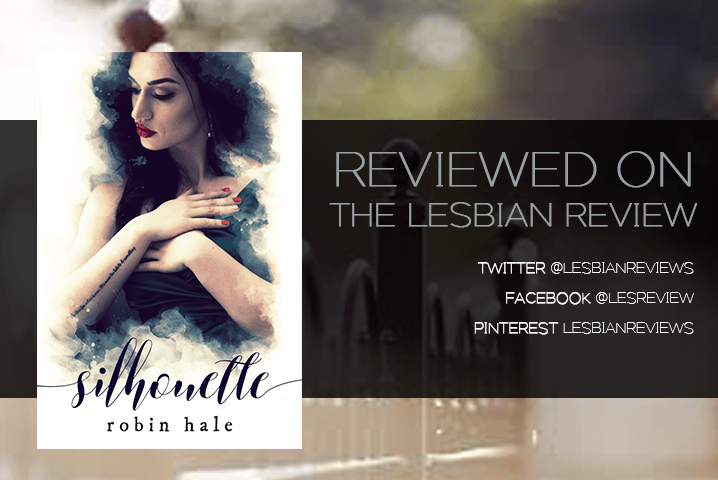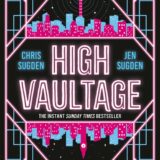Since my first time up at bat I discussed how to know when you should self-publish, it is now time to answer the second question on everyone’s mind when it comes to self-publishing: what should I charge? What price should you set your e-books at to not scare away potential readers without looking like an amateurish newbie?
There has been much talk in the publishing field about the pricing of e-books, with traditional publishers maintaining that for them to remain in business, they must charge for an e-book the same amount as that book’s hardcover counterpart, around $9.99 being the lowest they’ll go. I’ve even seen e-books selling for upwards of $14.99, when the book in paperback sells for only $8.99 or less!
The truth of the matter, as is usually the case, lies somewhere in the middle. I understand that publishers need to turn a profit in order to stay in business and keep churning out the books we all love. But when they say that selling e-books for $14.99 is a necessity, they are being a tad disingenuous. E-books do not cost nothing to produce. This is a mis-perception on the part of the reader. But while their are some production costs involved, even in something that had most of the production work done during the print version phase, it is all up front costs, and e-books remain on the virtual shelves forever. That is a long time to find readers, and to make back your money.
But you can’t tell that to the traditional publishers, who have done the same business the same way for over a hundred years. That’s one hundred years of treating books like periodicals, like spoiling produce that must be sold out in three to four months time before it goes bad. Thanks to e-books and print on demand, that is no longer the case. A book is, quite literally, forever.
No, what the traditional publishers are really trying to do is maintain their stranglehold on print distribution, the only thing they have any control over anymore. Not long ago, the publishers thought this whole crazy e-book thing was just a fad, and would go away, and if they could price e-books into the stratosphere, then people would buy the now much cheaper print version instead, and e-books would go away and leave them alone, thank you very much.
But e-books aren’t going away. Not by a long shot. And publishers are finally moving from denile to acceptance, and some of them are pricing their print books accordingly.
So where does that leave you, the independent, self-published author-entrepreneur?
There has been tons of numbers hurled from all corners. 99 cents. $2.99. $4.99. 99 cents for short stories and no more than $2.99 for full-length novels and collections. People are pumping out shorter novels and novellas and episodic serials, and formats and genres are blending and morphing in wild, Darwinian profusion.
The simple answer is you must figure it out for yourself.
I’m not convinced that 99 cents is the end all, be all of e-book success, despite what people like John Locke would have us believe. Last week, I created a survey using a free service called Survey Monkey. I asked questions such as what types of fiction readers want to see from my and my publishing imprint Mechanoid Press., as well as how much they pay for e-books. The overwhelming majority (80% of respondents) said they preferred paying $2.99-$4.99 for e-books.
That’s why you should experiment, test, and adjust your prices until you find the “sweet spot” for your readers. A good guideline is 99 cents for short stories, and $2.99-$5.99 for novels. I sell my anthology Monster Earth for $2.99. Again, do some experimenting, and don’t be afraid to raise your price even on a book that is selling extremely well. You might sell even more copies at the higher price. And if not, you can always lower it back down.
Happy pricing, and happy writing!











As a consumer and not an author, if there is DRM on an e-book, I am buying a license to read it not a book. Since I am giving up the right to lend it or give it away it should be less expensive than a paperback version.
I have read a number of indie e-books, some were great and some were not good at all. I am concerned that authors who publish their own work are not eligible for Hugos. Eligibility criteria need to be updated.
Science fiction should not be stuck in the past!
That's why I don't put DRM on my ebooks. DRM only punishes people who would never steal or pirate a book in the first place. And I agree with you about indie books and the Hugos. In fact, I may have to do a blog post on that in the future. Science fiction is the literature of the future, but it and fandom are often still stuck in the past. Your average WorldCon, for example, is full of guys who still create mimeographed fanzines for a subscriber list that's only in the hundreds. I suspect the Hugos will acknowledge an indie published work long before the other awards will, since it is the popular vote, but whatever happens, it's going to be interesting.
I can't say what impact this may play in the market with others, but I'm more inclined to buy from the author direct, or buy an Ebook that I think the author is getting a significant share of the profit.
If the book is priced too low, I'm wondering if I'm contributing to a program that's designed to rip the author off. I begin to suspect that the publishers aren't doing the author any favors.
Think of it like a Fair Trade product. Some people really want to be ethical in their purchases, so they want to know they aren't involved with some type of piracy … or a suspect publishing scheme … when an Ebook is priced $1.99 or $0.99.
Besides, some Ebooks are better than others. Good production value doesn't just happen. Thought and planning have to go into a quality Ebook and in this field, nearly everyone is a novice at purchasing. You end up with few bad products, and you'll shy away from "Cheap."
We're all supposedly creatures of our age. I remember paying 15 cents for a paperback and what? – $1.99, $2.99 for a hardback.
Those numbers are stuck deep into my psyche. That's "the right" price to pay for a book. I tolerated the jump to 25 cents (almost doubling!), then to 50, then 75, then a buck and a quarter – more than ten times what I'd originally paid. A dime for ten (yes, 10) picks from the Science Fiction Book Club (and you only had to order 4 more to meet your obligation).
I can't possibly relate to the concept of paying a dollar (much less more) for bits and bytes.
I suppose I share this disconnect with a lot of other baby-boomers, the idea that I pay money for something but don't get anything physical in return.
I know this is off-topic, but the discussion spurred these thoughts, so in some ways it's appropriate.
Price haunts me with each book i've indie published. On the one hand I don't feel it's fair to charge the same as a print book- I don't have the expenses of a publisher. If I went through a publisher all I'd get is a buck or two. So why SHOULDN'T I pass that savings on to the reader?
In the other hand, far too many consumers equate price with quality. They assume any product that is cheaply priced is cheap in quality.
Ultimately, I chise the drug dealer's successful business model. Give the first book in a series away for cheap, then if they like it, make the successive books higher priced so I can comlpete- normally $3.99 or 2.99 depending in the number of words. I just can't stomach gouging a reader just because the Big Six do.
And let's not forget- the reason the Big Six do gouge is two fold: Because they can, and to make up for losses they incur when they pump craptons of money into promoting a book and then it doesn't sell.
I agree, each book will have it's own "sweet spot." When I was self-published I priced my books at $4.95 – $6.95. After hearing that $0.99 or $2.99 was "the way to go." I tried changing it and lost not only money but also sales. Yes I sold less books at $2.99 than I did at $4.95 – still boggles the mind…but it just goes to show that I had left my target market and wasn't fitting into a different one.
So yes, experiment, track, and evaluate to find your books own selling price is good advice.
See my additional material at the end of this article. Yes, you need to experiment. I was surprised by my survey results where people said they'd rather pay the higher prices. It pays to study your audience and ask them what they want, as well as experiment.